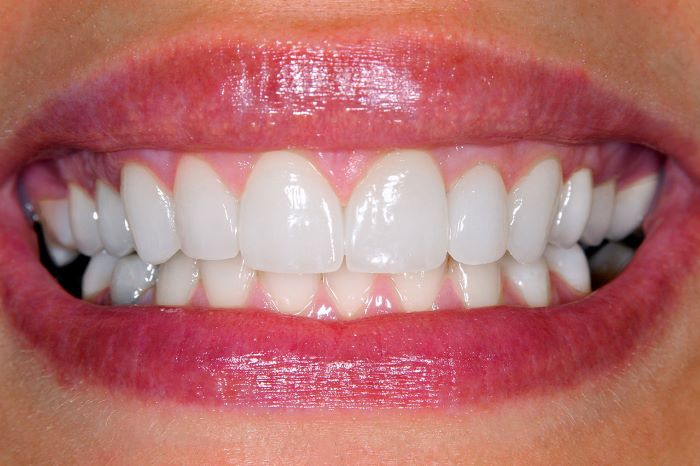Achieve Your Dream Smile – Leading Cosmetic Dentist

There’s a particular kind of confidence that comes from knowing your smile truly reflects who you are. Not a version hidden behind closed lips, or edited out of photos, but one that feels genuine, healthy, and unforced. That kind of smile doesn’t usually happen by accident. It’s carefully restored, often in the hands of a clinician who understands both biology and aesthetics—down to the smallest detail.
Cosmetic dentistry has evolved far beyond simple whitening or superficial touch-ups. Done right, it addresses not just appearance, but structure, alignment, and function. And it starts where many wouldn’t expect: with the foundational health of the teeth and gums.
What’s Beneath the Surface Always Matters More
Before any cosmetic treatment begins, the question isn’t “What can we improve?” but “What needs to be preserved?” That’s where a trained eye looks first.
Gums that are inflamed, teeth worn down by grinding, bone levels diminished from years of stress or missing teeth—these are often the hidden issues beneath a smile that doesn’t feel quite right. And unless those concerns are addressed first, even the most beautiful veneers or aligners won’t last.
Cosmetic dentistry done well isn’t about masking problems. It’s about solving them—quietly, effectively, and with an eye on the long term.
The Right Tools for the Right Reasons
Treatment planning varies dramatically from patient to patient. Someone with strong enamel but staining from coffee or medications might be a perfect candidate for whitening, often with custom trays and prescription gels that lift color without damaging structure. But in other cases, staining goes deeper—and a thin layer of porcelain, custom-crafted to blend seamlessly with adjacent teeth, becomes the better choice.
Veneers today are nothing like the heavy, opaque versions of decades past. Using ceramics like lithium disilicate—materials developed for their strength and lifelike translucency—modern veneers are incredibly thin. In some cases, they require little or no tooth reduction at all.
For spacing, rotation, or crowding, clear aligners offer a nearly invisible route to correction. And in the case of missing teeth, implant dentistry remains the gold standard—restoring not just appearance, but the ability to chew comfortably and maintain jawbone over time.
Behind Every Beautiful Smile Is a Careful Process
It’s tempting to think of cosmetic results as instant. The truth is, those “before and after” photos often come after months of thoughtful planning.
Technology plays a central role here. Digital imaging replaces old-school molds. 3D scans allow for detailed visualization of bite function, gum shape, and bone levels. This makes planning more accurate—but also more personalized. A smile that looks great on one person won’t necessarily suit someone else’s facial proportions or tooth shape.
Even color isn’t a one-size-fits-all situation. Shade selection, light reflection, surface texture—these are nuanced decisions that require both technical understanding and artistic judgment. No algorithm can do it alone.
Longevity Is Not a Bonus—It’s the Expectation
Great cosmetic dentistry doesn’t just look good when the patient walks out the door. It still looks good, and functions well, five or ten years later.
That’s why long-term maintenance matters. A patient who’s just finished clear aligner treatment may need a retainer to prevent relapse. Veneers can last over a decade with proper hygiene—but grinding or poor brushing habits can shorten that lifespan. And implants, while incredibly durable, still depend on healthy gums to stay that way.
Regular cleanings, gentle technique, and a bit of planning go a long way. And most importantly: patients who understand their treatment tend to take better care of it.
It’s About More Than Teeth—It’s About Trust
There’s a subtle difference between a smile that’s been “fixed” and one that’s been thoughtfully restored. Patients know it when they see it—and more importantly, when they feel it.
That’s why cosmetic dentistry isn’t something to rush into. It’s worth taking the time to find a provider who will talk through your goals, examine your oral health closely, and offer honest guidance about what will work best. Not just for how things look, but for how they hold up years from now.
Because the right smile doesn’t look like dentistry at all. It just looks like you, at your best.
Ready to Take the First Step?
To explore cosmetic options grounded in expertise and guided by clinical precision, call (407) 777-2071 for a consultation. We’ll help create a plan that respects your health—and brings your vision of a better smile to life.
